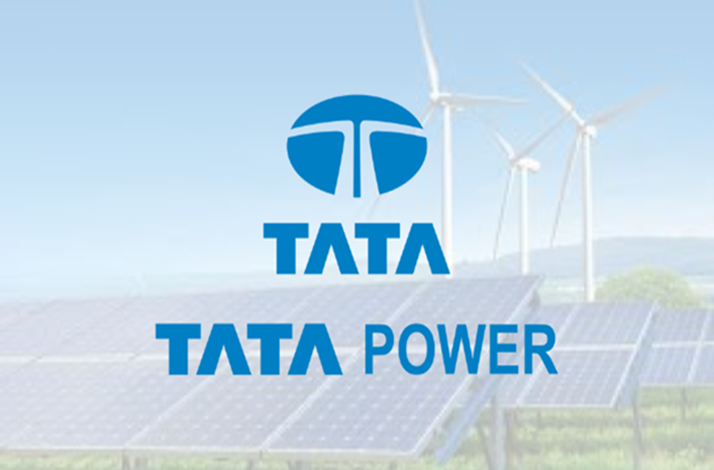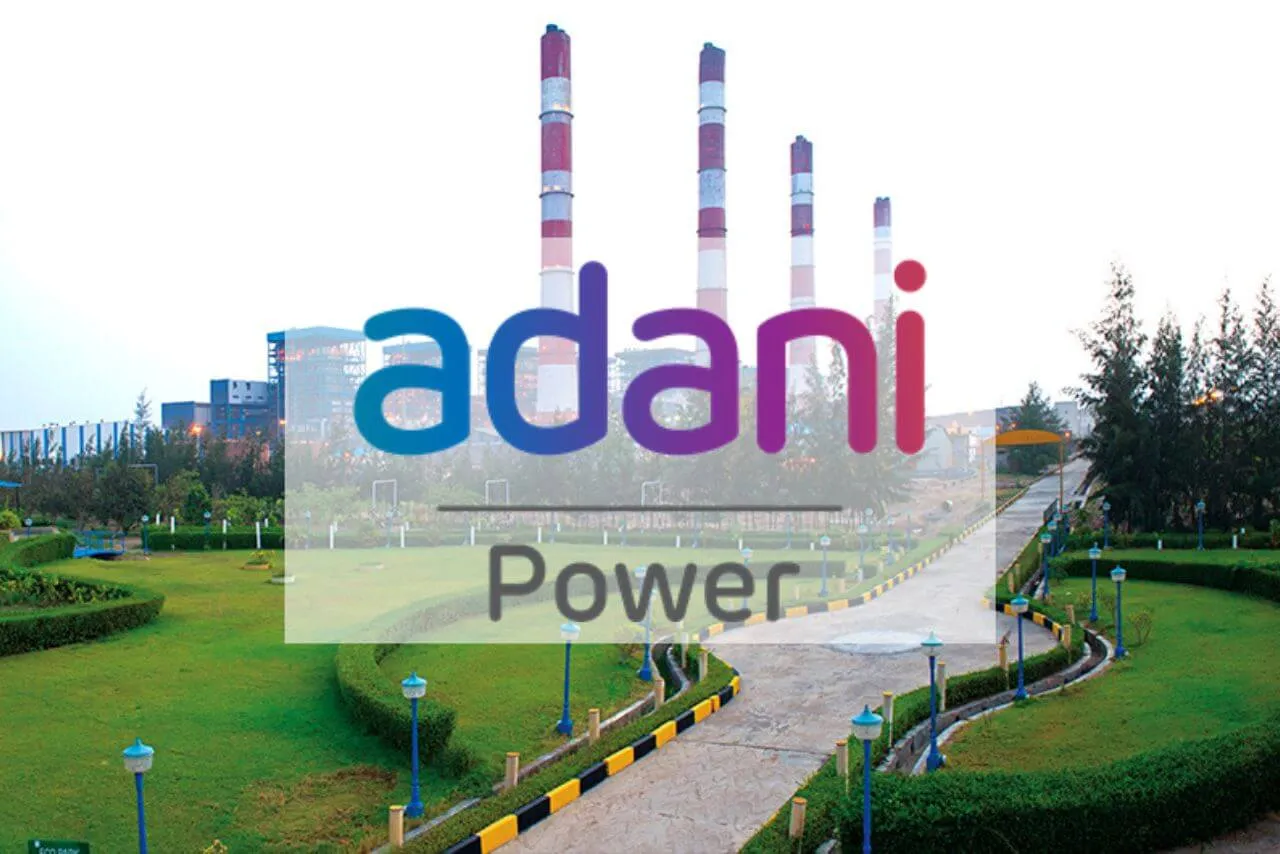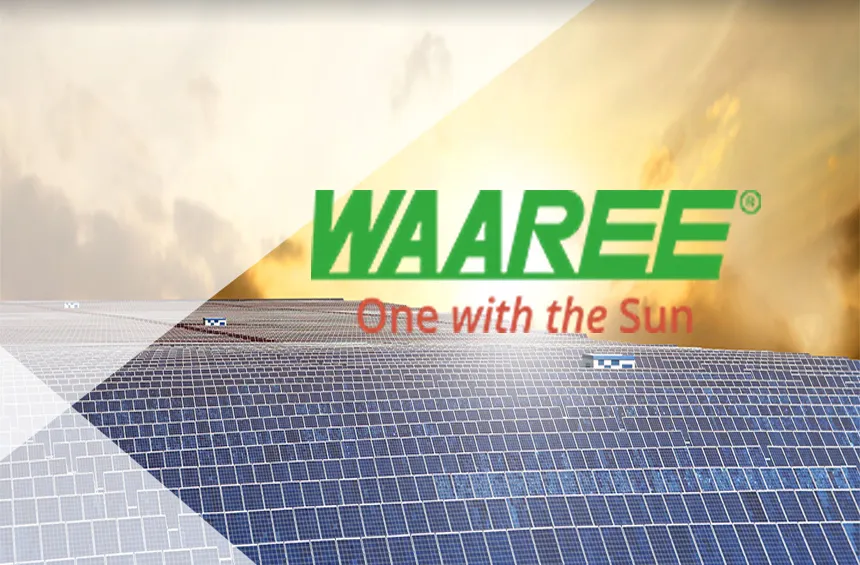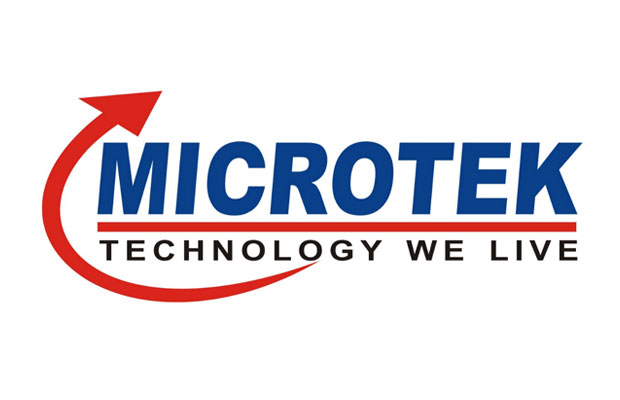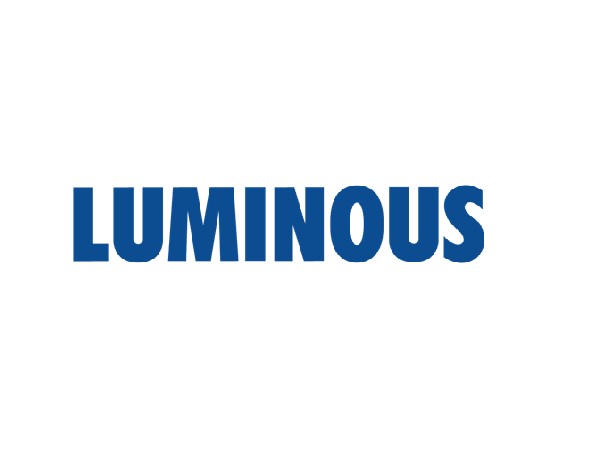Bifacial Solar Panels
Unleashing the Potential of Bifacial Solar Panels
Bifacial solar panels are transforming the solar energy landscape by harnessing power from both sides of the panel. This innovative technology not only increases energy yield but also offers versatile applications, making it a superior choice for both residential and commercial projects.
What Are Bifacial Solar Panels?
Bifacial solar panels feature solar cells on both the front and back surfaces, capturing sunlight from both directions. Unlike traditional solar panels that only collect sunlight on one side, bifacial panels absorb light from the surrounding environment, including reflected light from the ground and direct sunlight.
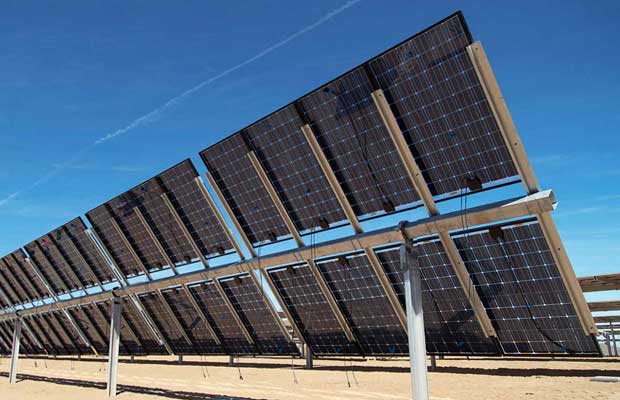
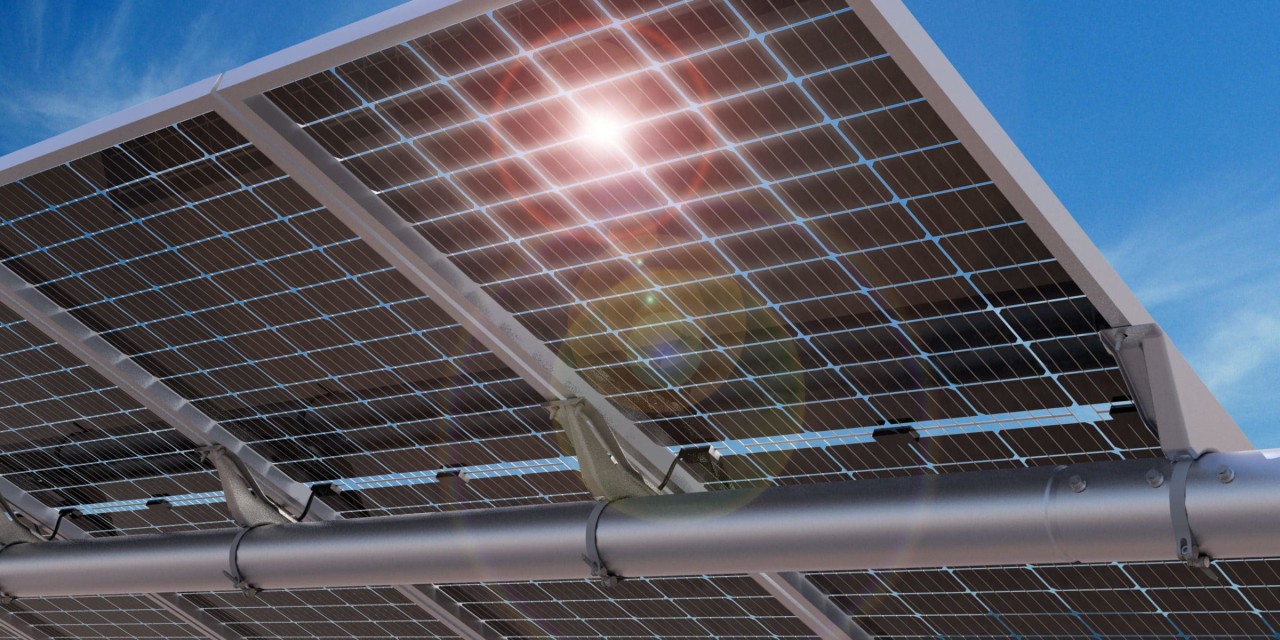
Key Benefits of Bifacial Solar Panels
Enhanced Energy Production
Bifacial panels can generate more electricity compared to traditional monofacial panels, thanks to their ability to capture light from both sides. This can lead to significantly higher energy output, especially in areas with high reflectivity.
Cost Efficiency
Although bifacial panels may have a higher initial cost, their increased energy production can lead to greater savings over time, making them a cost-effective option in the long run.
Durability and Versatility
Built with durable materials and designed to withstand environmental elements, bifacial solar panels are suitable for a variety of mounting options, including ground mounts, carports, and rooftops.
Applications of Bifacial Solar Panels
Bifacial technology is ideal for locations where ground reflectivity is high, such as sandy, snowy, or grassy environments. Their versatility makes them perfect for agricultural uses, commercial buildings, and even residential installations, where they can maximize limited space effectively.
Installing Bifacial Solar Panels
To maximize the benefits of bifacial solar panels, proper installation is crucial. Consider factors such as tilt angle, height above the ground, and the type of surface below the panels to optimize the amount of light captured from the rear side.
FAQ
If you don't see an answer to your question, you can send us an email from our contact form.
Send EnquiryBifacial solar panels are designed to capture sunlight on both their front and back sides. Unlike traditional solar panels, which have a solid backing, bifacial panels use transparent materials that allow light to pass through and be absorbed from both directions, increasing their energy generation capabilities.
Bifacial solar panels function similarly to traditional panels but with the added ability to capture light from the back side as well. This is possible due to the use of semi-transparent materials and dual-sided cells. When installed above a reflective surface, they can absorb light reflected off the ground or nearby structures, enhancing overall efficiency.
Bifacial solar panels are particularly effective in environments with high levels of indirect sunlight and reflective surfaces. They are ideal for ground-mounted solar farms, large commercial rooftops, carports, and areas with snowy or light-colored grounds which enhance the albedo effect.
Yes, bifacial solar panels typically cost more than traditional monofacial panels due to the advanced technology and materials used. However, the potential for increased energy production can offset the higher initial cost, making them a cost-effective option over their lifespan.
While bifacial solar panels are more commonly used in commercial and utility-scale projects, they can also be utilized in residential settings, especially in homes with suitable conditions for maximizing their potential, such as having large, reflective surfaces nearby
Maintenance for bifacial solar panels is similar to traditional panels, involving regular cleaning to keep both sides free of dirt, dust, and debris to maintain optimal performance. It is also important to ensure that nothing is shading the rear side of the panels to fully benefit from their bifacial design.
Happy Customer
Here, our customers share their experiences and the tangible benefits they have gained from installing bifacial solar panels, reinforcing the value of this innovative technology.
